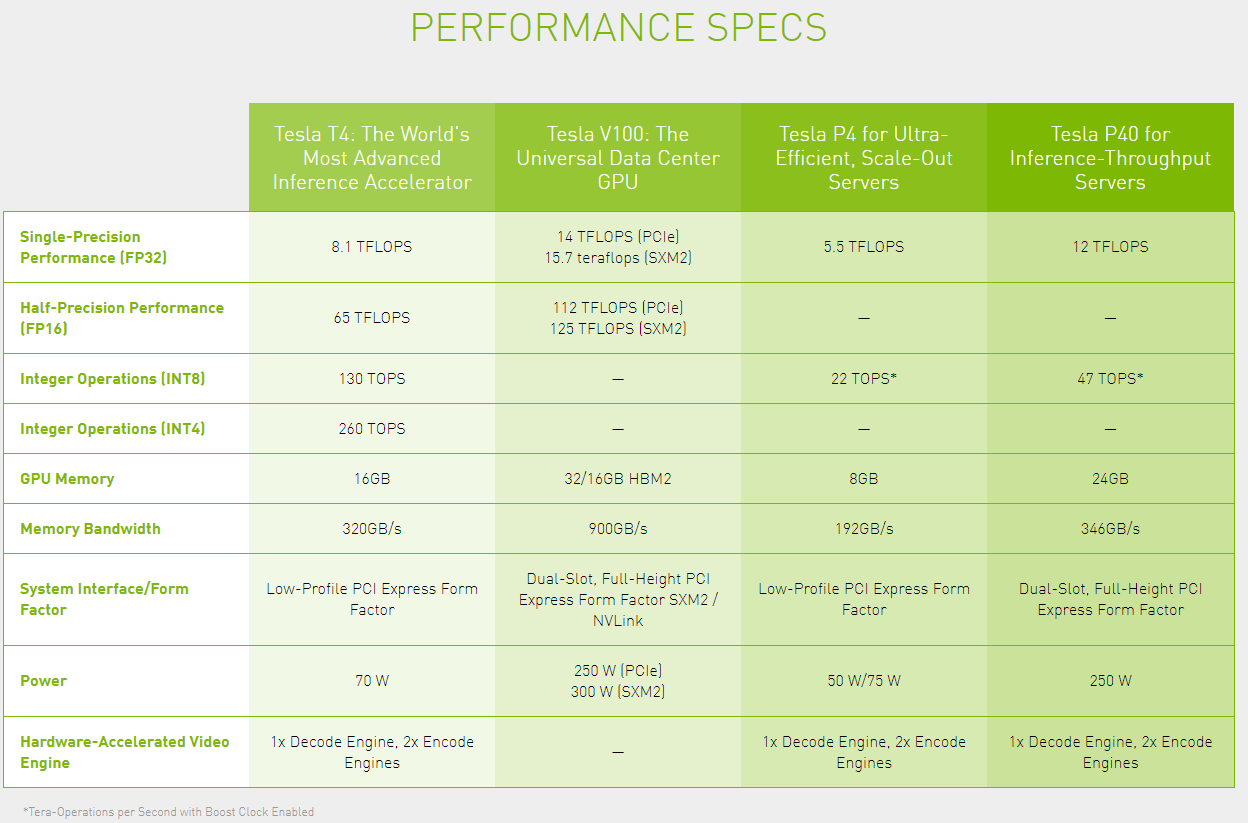The company formerly known as WeWork has come under scrutiny for potential conflict of interest issues regarding CEO Adam Neumann’s partial ownership of three properties where WeWork is (or will be) a tenant. TechCrunch has seen excerpts of the company’s prospectus for investors that details upwards of $100 million in total future rents WeWork will pay to properties owned, in part, by Adam Neumann.
In March 2018, The Real Deal reported that Neumann had purchased a 50 percent stake in 88 University Place alongside fashion designer Elie Tahari. That property was then leased by WeWork, which then leased space within the building to IBM.
Today, the WSJ is reporting that 88 University Place isn’t alone. Neumann also personally invested in properties in San Jose that are either currently leased to WeWork as a tenant or are earmarked for such a purpose. Unlike 88 University, where Neumann is a 50/50 owner with Tahari, the CEO of the We Company — as WeWork is now known — invested in the two San Jose properties as part of a real estate consortium and owns a smaller stake of an unspecified percentage.
These transactions were all disclosed in the company prospectus documents it filed as part of its $700 million bond sale in April 2018. According to the prospectus, WeWork’s total future rents on these properties (partially owned by Neumann) are $110.8 million, as of December 2017.
That doesn’t include the reported $65 million purchase of a Chelsea property by Neumann and partners, which is said to be earmarked for a new WeLive space built from the ground up. That, too, will be subject to rent payments from the We Company to run WeLive out of it.
This raises questions of whether there is a conflict of interest in Neumann being both the landlord and the tenant of properties through WeWork. The WSJ says that investors of the company are concerned that the CEO could personally benefit on rents or other terms with the company in these deals.
According to WeWork, however, the company has not been made aware of any issues by any of its investors about related party transactions or their disclosures. The company also said that the majority of the Board are independent of Adam and all of these transactions were approved.
A WeWork spokesperson also had this to say: “WeWork has a review process in place for related party transactions. Those transactions are reviewed and approved by the board, and they are disclosed to investors.”
As it stands now, The We Company is privately held and in the midst of a transition as it contemplates how to turn a substantial profit on its more than 400 property assets across the world. The company is taking a broad-stroke approach, serving tiny startups and massive corporate clients alike, while also offering co-living WeLive spaces to renters and building out the Powered By We platform to spread its bets.
The company is valued at a hefty $47 billion, even after a scaled back investment from SoftBank (which went from $16 billion to $2 billion). But as the We Company inches toward an IPO, we may start to see a call for tighter corporate governance and more scrutiny of potential conflicts of interest.








